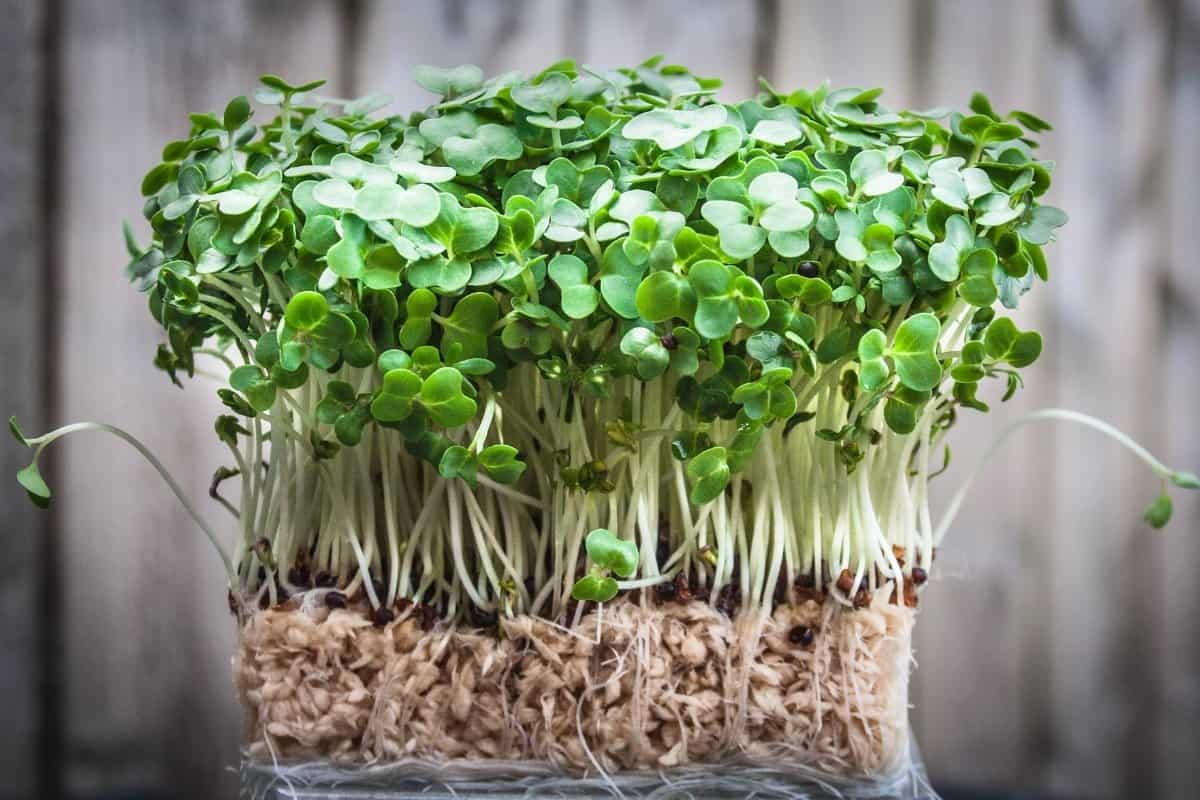How To Grow And Care For A Watercress Plant
If you're a garden enthusiast and looking for a new edible plant to grow in your garden, then watercress is a great option to consider. Not only is it easy to grow, but it also provides a range of health benefits. Here is everything you need to know about how to grow watercress in your garden, including plant attributes, plant care, pruning, propagation, potting and repotting, as well as how to deal with common pests and plant diseases.

Plant Attributes
Watercress (Nasturtium officinale) is a semi-aquatic perennial that belongs to the mustard family. It is native to Europe and Asia, but it can grow in many climates around the world. Watercress can grow up to 50 cm in height and spread 30-50 cm wide, making it an excellent addition to any garden. Its leaves are small, oval-shaped, and dark green, while its stems are delicate and slightly reddish in color. When grown in ideal conditions, watercress produces small white or pinkish flowers.
One of the most significant benefits of watercress is its nutritional value. It is packed with vitamins, minerals, and antioxidants, making it an excellent addition to a healthy diet; it contains vitamins A, C, and K, calcium, iron, and folic acid. Additionally, watercress has a refreshing, peppery flavor that makes it a popular ingredient in salads and other dishes.
Plant Care
Watercress thrives in cool, moist environments with ample sunlight but can tolerate partial shade, especially during hot summer months. The best way to cultivate watercress is to grow it in a shallow container or a well-draining soil bed in a water-heavy environment such as a pond, stream, or other similar habitats.
It is important to keep the water pH between 6.5 and 7.5 for maximum growth. You can achieve this by adding fertilizer or organic matter to the soil before planting. Watercress requires high humidity, so make sure to water plants regularly and avoid letting the soil dry out.
Pruning
Pruning is not necessary for watercress, but it can be helpful if the plant starts to get too dense or grows out of control. Pinching back the tips of the plant and removing excessive growth can help promote bushier growth and a more manageable size.
Propagation
Watercress can reproduce both sexually and asexually. It produces seeds that germinate quickly in moist soil, but the plant can also root from stem cuttings. Propagation is straightforward and can be done by rooting cuttings in a water-filled container or directly in the soil.
Potting & Repotting
Watercress can be grown in shallow containers filled with soil and gravel or directly in a pond or other water-heavy environments. If grown in a container, use a good quality, well-draining soil mix and add additional organic matter, such as compost or manure, for optimal growth. Repotting is not necessary for watercress grown in permanent water environments. If grown in a pot, repot in a larger container as the plant grows, and refresh the soil yearly for best results.
Common Pests & Plant Disease
Watercress is prone to aphids, flea beetles, and snails. To prevent these pests from destroying your crop, use natural solutions such as insecticidal soap or neem oil. Additionally, to prevent root rot and other plant diseases, provide good circulation and avoid overwatering.
Common Problems
The most common problems encountered when growing watercress are yellowing leaves, slow growth, and thinning stems. To combat these issues, test the soil to ensure proper nutrient levels and adjust your watering regime to ensure that the plant has sufficient moisture. Additionally, avoid over-fertilizing and provide adequate sunlight to promote healthy growth.
In conclusion, growing watercress can be an excellent addition to any garden. Its nutritional value, refreshing peppery flavor, and ease of cultivation make it a popular choice among garden enthusiasts. Just follow the tips explained above on plant attributes, plant care, pruning, propagation, potting and repotting, and dealing with common pests and plant diseases, and you can have a thriving watercress crop in no time!



Post a Comment for "How To Grow And Care For A Watercress Plant"